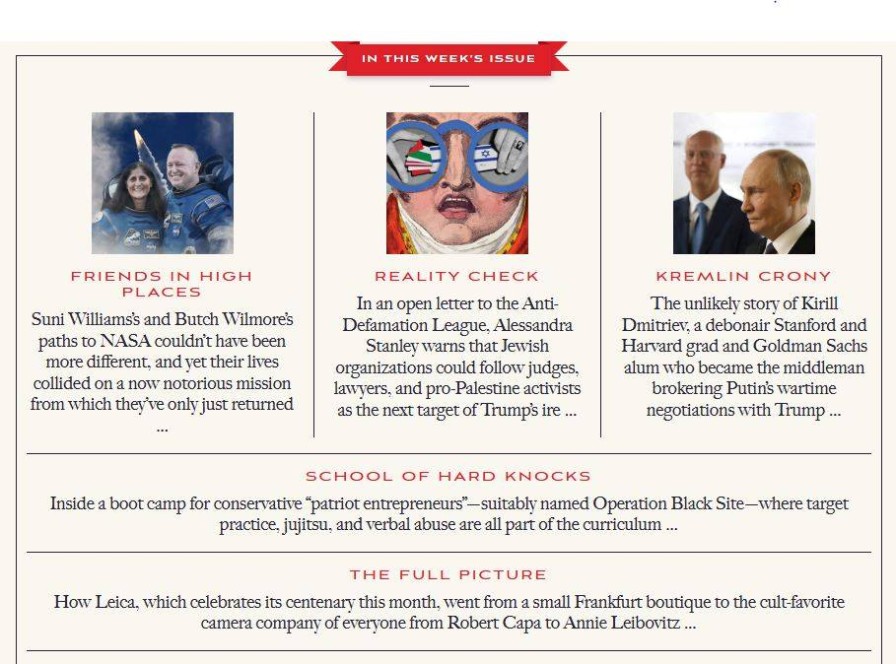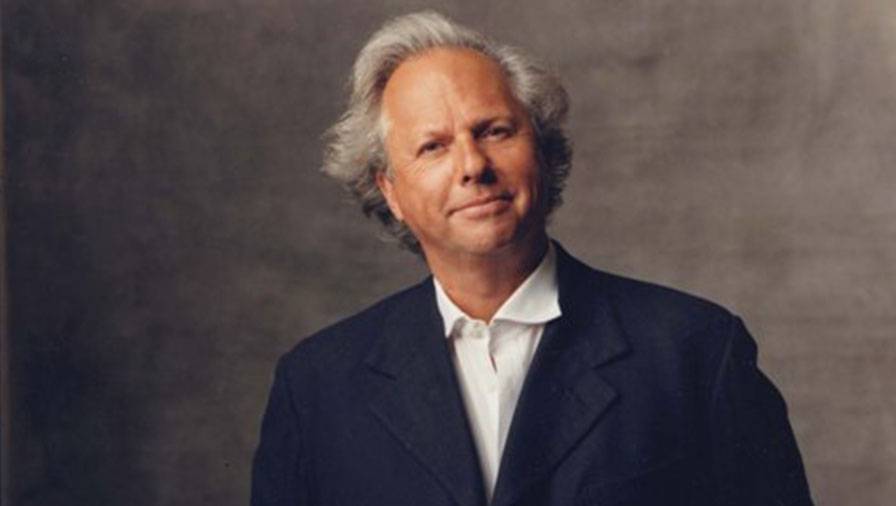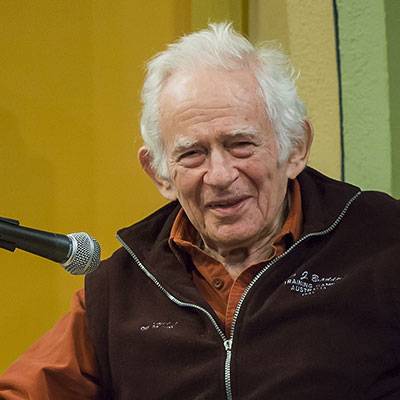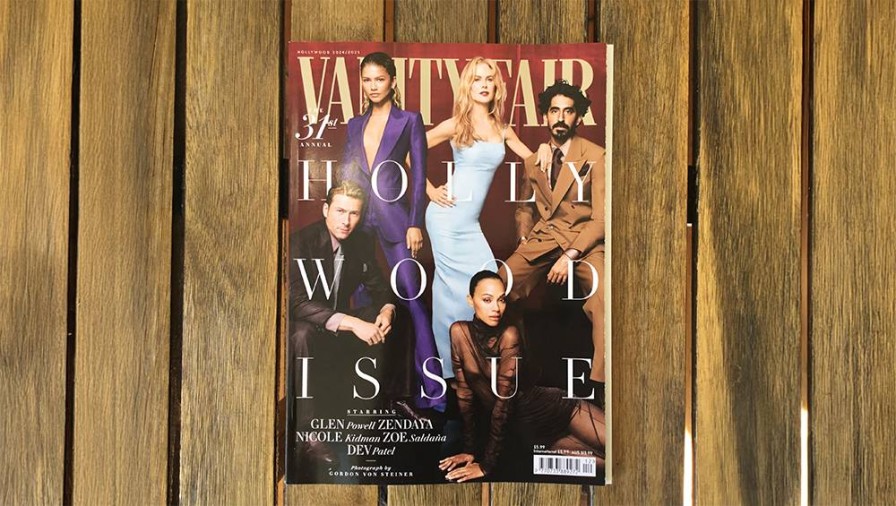Magazine man: The glorious reign of Graydon Carter
The inside story of editing ‘Vanity Fair’ for 25 years.
When the Going was Good: An editor’s adventures during the last golden age of magazines, by Graydon Carter.
The inside story of editing ‘Vanity Fair’ for 25 years.
When the Going was Good: An editor’s adventures during the last golden age of magazines, by Graydon Carter.
Few high-profile editors have had as many lives as Graydon Carter. He launched his first publication – a literary review – while still at university in Ottawa, Canada. He sold that, talked his way into a job at Time in New York, followed by Life, before starting another, the satirical Spy – a mix of London’s Private Eye and 1940s Time.
He sold that, too, and took up editorship of the New York Observer, a pink paper for well-heeled Manhattanites. From there, he was headhunted for the plum job of editing The New Yorker, before the owner changed his mind and gave him Vanity Fair instead.
That was in 1992. For 25 years, Vanity Fair rode the wave of large magazines breaking major scoops, clocking up hefty expense accounts, and fattened by sky-high advertising revenue. Carter gained a celebrity status that was greater than many of those who featured in his publication.
Still ahead of the curve, just as the digital age was to wipe out those magazines’ revenue streams and their readers turn away from print, he quit in 2017. But he did not go quietly. (One reason he quit was the promotion of Vogue editor Anna Wintour to ‘chief content officer’ of publisher Condé Nast.)
Two years later, Carter launched Air Mail, a weekend email newsletter that mirrored the Vanity Fair formula: society scandal, true crime, wealth and politics, as well as travel recommendations and shopping tips.
Carter originally intended it to be a retirement job from his new base in the south of France to inform Americans about interesting items about Europe. Unsurprisingly, Air Mail was also wildly successful. It is now based in Manhattan with 34 employees as well as a network of contributors in Milan, Paris, and London.

The business has an online store called Air Supply, offering a range of luxury goods. It has storefront presence as well. Air Mail Newsstands in New York’s West Village; London’s Marylebone; and Milan’s San Marco district sell books, magazines, and gifts such as stationery from Kyoto and fancy soaps. Latest word is that an investment bank, Raine Group, is exploring a sale.
The New York Times reported that Air Mail had raised US$32 million ($56m) at an undisclosed valuation. The newsletter has about 500,000 subscribers. If the rumour is true, Carter’s latest move is not coincidental. His memoir, When the Going was Good, was published this week in a global launch that was kept under wraps in a tradition usually reserved for royalty or major political figure.
The book is unlikely to be blockbuster but it will be widely read by an elite of movie stars, Hollywood producers, New York publishers, European aristocrats, and a bevy of artists, novelists, and others who hope to set cultural trends.

Graydon Carter in 2003. Photo: Mark Seliger, Wikimedia Commons.
This is a world that Carter created through Vanity Fair, a title that had closed in 1936 as the house journal of the ‘Jazz Age’. Condé Nast owner ‘SI’ (Samuel Irving) Newhouse revived it in 1983 under Tina Brown, who moved on to The New Yorker in 1992.
Carter’s early life in Canada gave no indication he was to be a chronicler of the rich and famous. During a student holiday job as a railway linesman in Saskatchewan he slept in a boxcar and gambled with ex-cons. At Spy, where he skewered over-blown egos, he first identified one Donald Trump in the first list of the “10 most embarrassing New Yorkers” in 1985.
Trump was described as a “short-fingered vulgarian” and their paths crossed many times. Carter wrote his first Trump profile in GQ magazine and spends most of a chapter sarcastically called ‘Letter from admirers’ describing their rancorous relationship. In 2013, Vanity Fair published an exposé of Trump University.
That was written by William (Bill) Cohan, one of Vanity Fair’s contributors who helped make its reputation as one of the best in the business. In 2015, Cohan wrote the original article on movie studio owner Sumner Redstone that was the basis for Unscripted (2023), by James B Stewart and Rachel Abrams, reviewed here.

Norman Mailer in 2006. Photo: Wikimedia Commons.
One of Carter’s first decisions at Vanity Fair was ditching two Norman Mailer commissions for political reporting at a cost of US$50,000 each. Mailer’s reputation as a magazine writer rested on Armies of the Night, an account of the 1967 march on the Pentagon, first published in Harper’s magazine and later as a book.
But, two decades on, Mailer was well below par. Carter’s judgment won him enemies as well as admirers. He describes Vanity Fair’s culture as hostile when he arrived. That was soon turned around and his legacy is a list of authors whose articles have spawned books and movies: Bryan Burrough (Barbarians at the Gate), Bethany McLean (Smartest Guy in the Room), Marie Brenner (The Insider, Richard Jewell), Maureen Orth (Leaving Neverland on Michael Jackson, Allen v Farrow) are just a few.
Others included Christopher Hitchens, Michael Lewis, David Halberstam, Michael Herr, William Langewiesche, and Dominick Dunne, who covered the trials of OJ Simpson and the Menendez brothers, as well as the murder of his own daughter, Dominique. Early subscribers to Netflix won’t forget Inventing Anna, the fake German heiress Anna Delvey whose story was first told by one of her victims, Vanity Fair writer Rachel Williams.
Carter describes some notable scoops: the unmasking of Watergate’s ‘Deep Throat’; Orth’s exposure of Mohammed Fayed in 1985, partly based on evidence by his New Zealand nanny, and confirmed by the BBC’s latest revelations (a libel suit stopped Orth’s full account); Caitlyn Jenner’s transition to a woman; and the college admissions scandal.
The annual list of the New Establishment celebrated the titans of America’s entertainment and media industry, who had replaced the industrialists of the past. A rare misstep was Jeffrey Epstein, who was profiled in 2003 by Vicky Ward, a former Daily Mail reporter. The seedier aspects of his lifestyle were suppressed on legal advice, due to a lack of evidence from victims.
Carter says Ward subsequently wrote glowingly of Epstein and his companion Ghislaine Maxwell but turned nasty after their activities became known 15 years later, accusing Carter of being “a malign gatekeeper keeping truth at bay”.

On the other side of the ledger, Carter launched Vanity Fair’s annual Hollywood issue and staged its legendary Oscars after-party. A three-page gatefold cover is still a feature of this year’s edition. It spiced up its Hollywood stories with a first-hand account by Karen Read, facing another trial for the alleged killing of her policeman boyfriend, and the filmmaker of The Apprentice describing efforts to stop his story of Trump’s early days being screened.
In one of many Trump anecdotes, Carter tells of a photoshoot at the Vanity Fair-sponsored White House Correspondents dinner, where Trump refused to take off an expensive cashmere sweater for fear of messing up his hairdo. The garment was removed with scissors.
The book is full of such tittle-tattle. But that is what a memoir should do, and Carter does not disappoint. He sums up the new Jazz Age: “Rich people were either stealing from each other or trying to kill each other, and it was a great period for journalism.”
One final irony is that Spy originally made its name by indexing Andy Warhol’s diaries. My copy of When the Going Was Good has no index. Possibly because it would add another hundred-odd pages to its already hefty 400-plus.
When the Going was Good: An editor’s adventures during the last golden age of magazines, by Graydon Carter (Grove Press UK).
Nevil Gibson is a former editor-at-large for NBR. He has contributed film and book reviews to various publications.
This is supplied content and not commissioned or paid for by NBR.